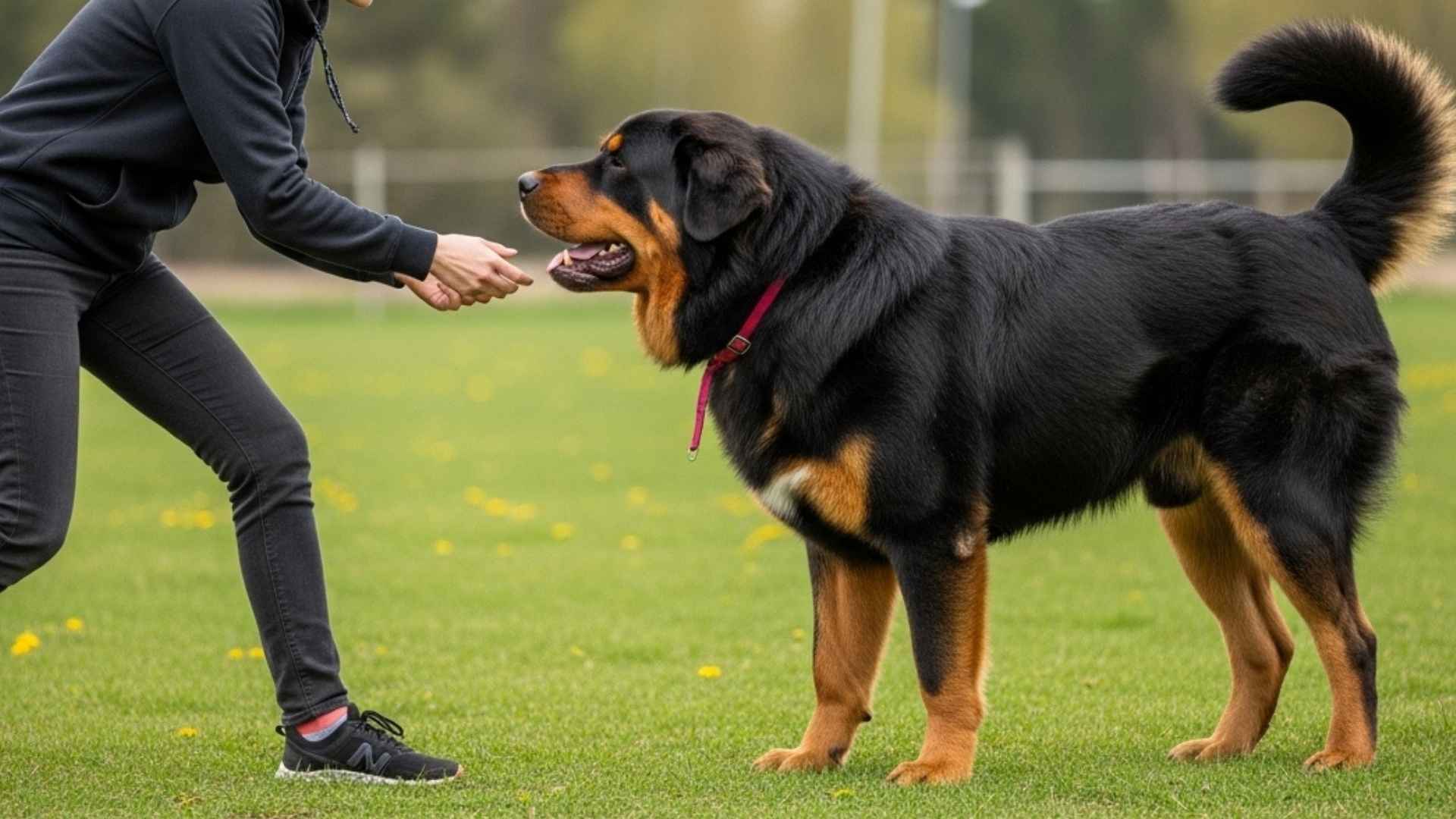What makes a dog easy to train? Is it obedience, or is it understanding? Some dogs seem to read their owners before a command is spoken, their focus steady, their reactions precise. They’re confident without being difficult, assertive without resistance.
Their big personalities come with awareness — they know when to lead and when to listen. Working with them becomes more about communication than control. These are dogs that thrive on clarity, who learn through connection rather than repetition.
They’re not only watching, they’re involved in every move. Their intelligence meets willingness in perfect balance, turning even complex training into collaboration. It’s not about dominance or submission, but trust that builds moment by moment.
In this article, we’ll step inside that rare harmony between confidence and teachability — the kind of bond that turns training from a task into a quiet, instinctive dialogue.
Key Takeaways
Behind those commanding barks are minds that value cooperation more than control.
The Bernese Mountain Dog learns through connection, while the Newfoundland turns patience into pure cooperation during training.
Saint Bernards and Leonbergers listen more to kindness than control, proving that calm breeds confidence.
By the end, you’ll see how these strong, big-mouthed dogs make obedience look effortless when trust leads the way.
Big Mouth Dog Breeds That Are Easy To Train
1. Bernese Mountain Dog
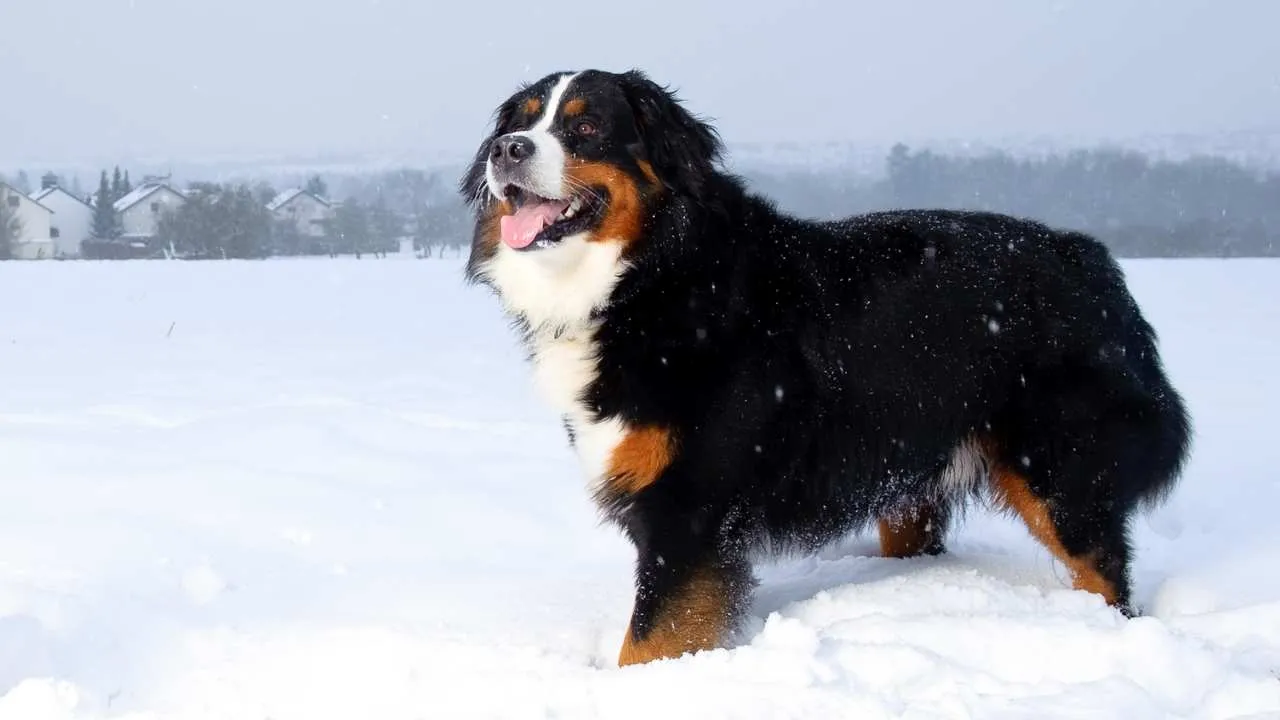
The Bernese Mountain Dog carries a calm strength that immediately draws attention. Beneath its large frame is a mellow temperament that makes it easy to handle during training sessions. Its expressive eyes reveal intelligence and curiosity, two qualities that help this big dog understand commands quickly.
Learns Through Connection
Berners learn best when training feels like teamwork rather than strict instruction. They listen closely to tone and respond best to patience and encouragement.
Some traits that make their training experience smooth include:
Quick understanding of verbal cues
Strong eagerness to please their trainer
Remarkable memory for repetitive tasks
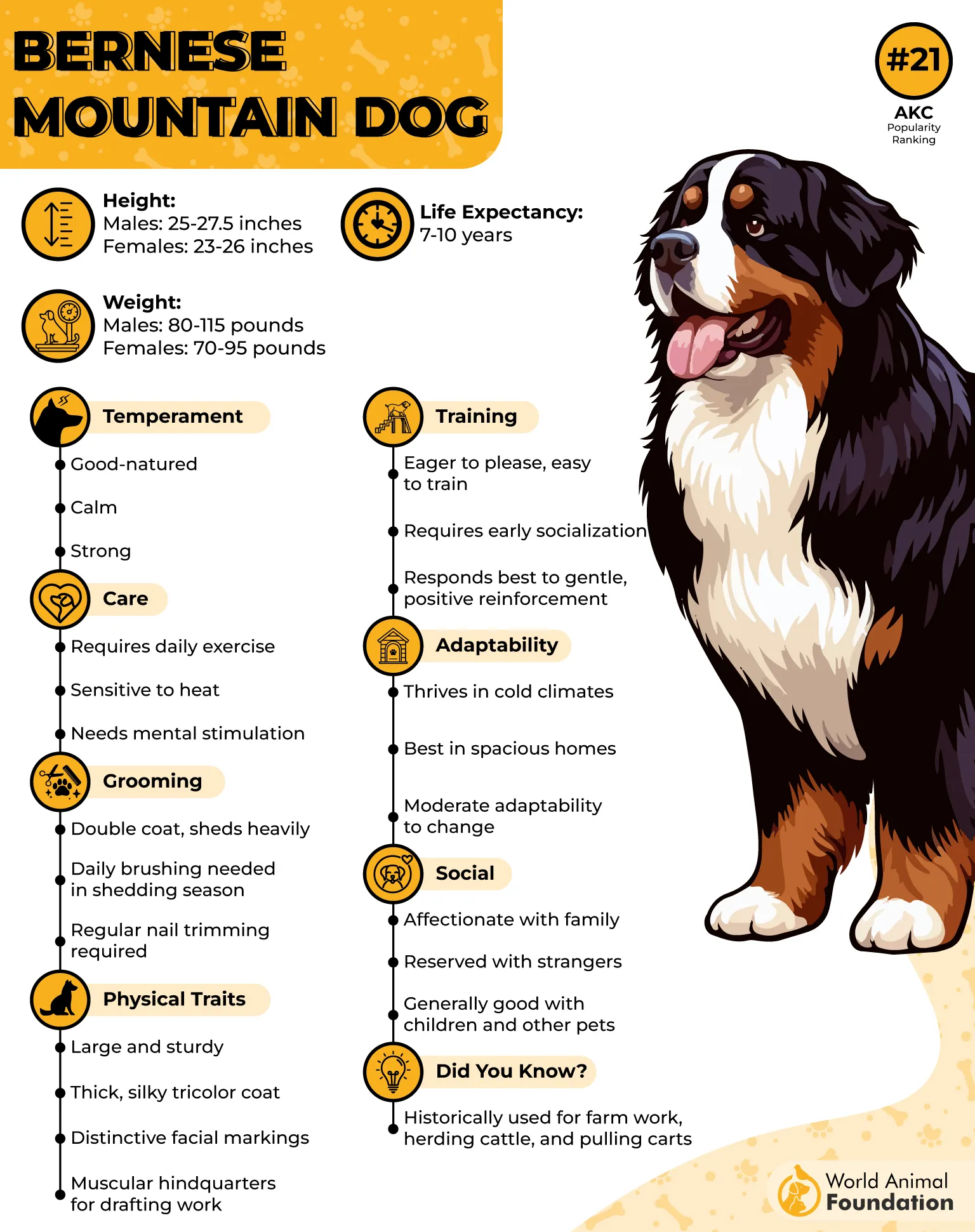
Sensitive Yet Steady
This breed’s emotional side sets it apart from many other large dogs. A harsh correction can break its spirit, while gentle praise helps it stay focused and confident. Their easy-to-train nature also comes from their deep attachment to their family, which keeps them motivated to behave well.
2. Leonberger

The Leonberger carries a calm confidence that instantly draws attention. Despite its massive frame and deep bark, it’s known for an even temper and eagerness to please. This blend of power and patience makes the breed surprisingly receptive to direction when handled with calm consistency.
Training Made Easier With Positivity
Leos are intelligent and people-oriented, which helps them understand commands quickly, as per Omlet. They respond best when training feels like play, especially during early puppy stages when their strength can exceed their sense of balance. A gentle structure in learning keeps them engaged and cooperative.
Their adaptability stands out through:
Quick understanding of tone and body language
Strong motivation through praise or treats
Calm recovery after minor mistakes
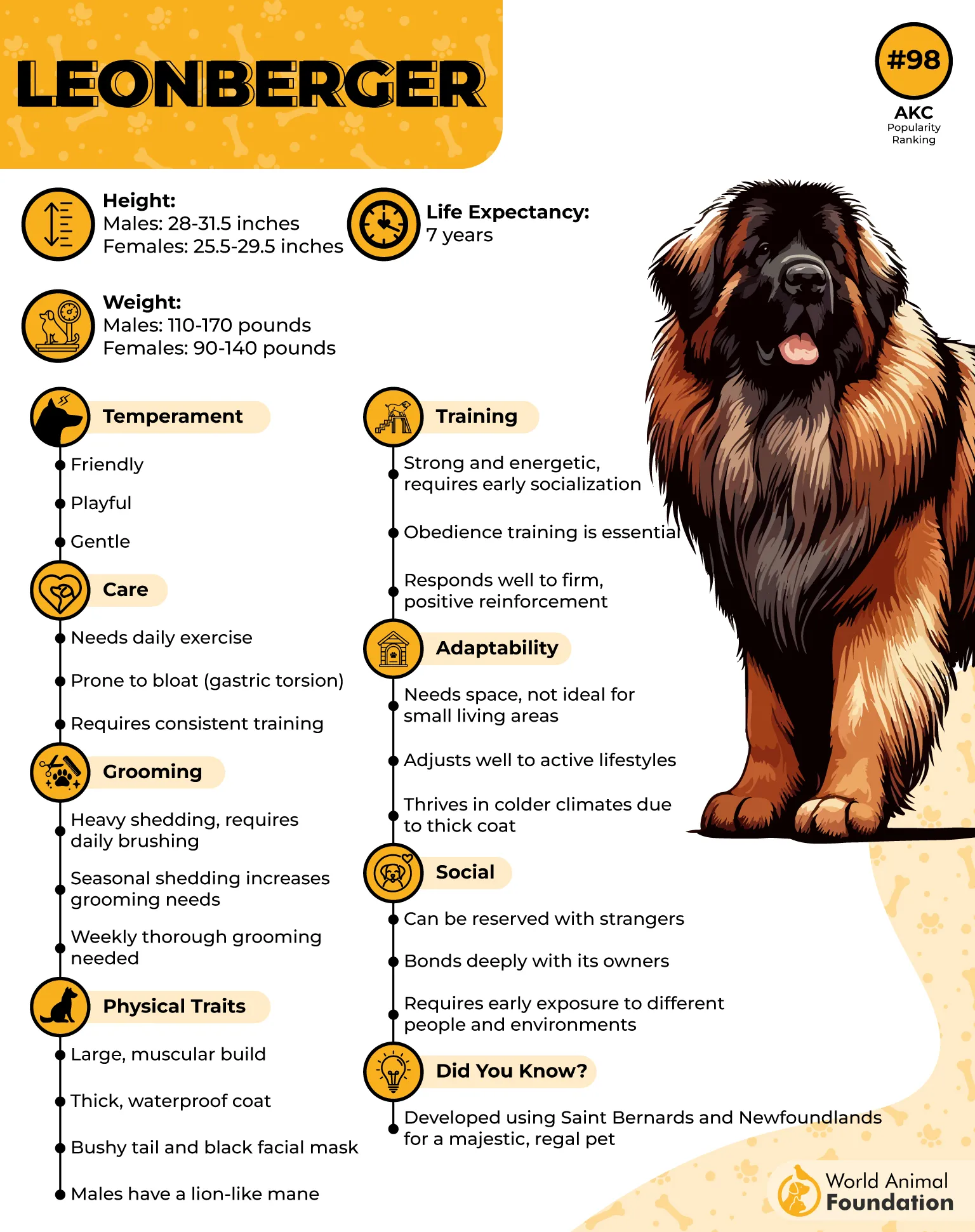
Early Social Learning Matters
Leonbergers benefit most from guided exposure to different people, animals, and sounds during the first few months. Early socialization helps shape their natural confidence into polite behavior instead of overexcitement.
3. Newfoundland

The Newfoundland has an impressive presence that turns heads wherever it goes. Known for its calm confidence, this breed’s deep, booming bark can easily command attention. While its size alone makes a statement, its patience and soft expression reveal a loyal companion beneath that giant frame.
Big Heart and Steady Mind
Newfies respond best to kindness and consistency, making them surprisingly easy to train for their size. Their intelligence and eagerness to please make lessons feel more like teamwork than obedience drills. Their calm focus adds to their charm in training sessions.
Here’s what makes their learning style stand out:
Listens carefully and adapts to gentle cues
Builds habits through calm repetition
Learns faster when praise replaces strict correction
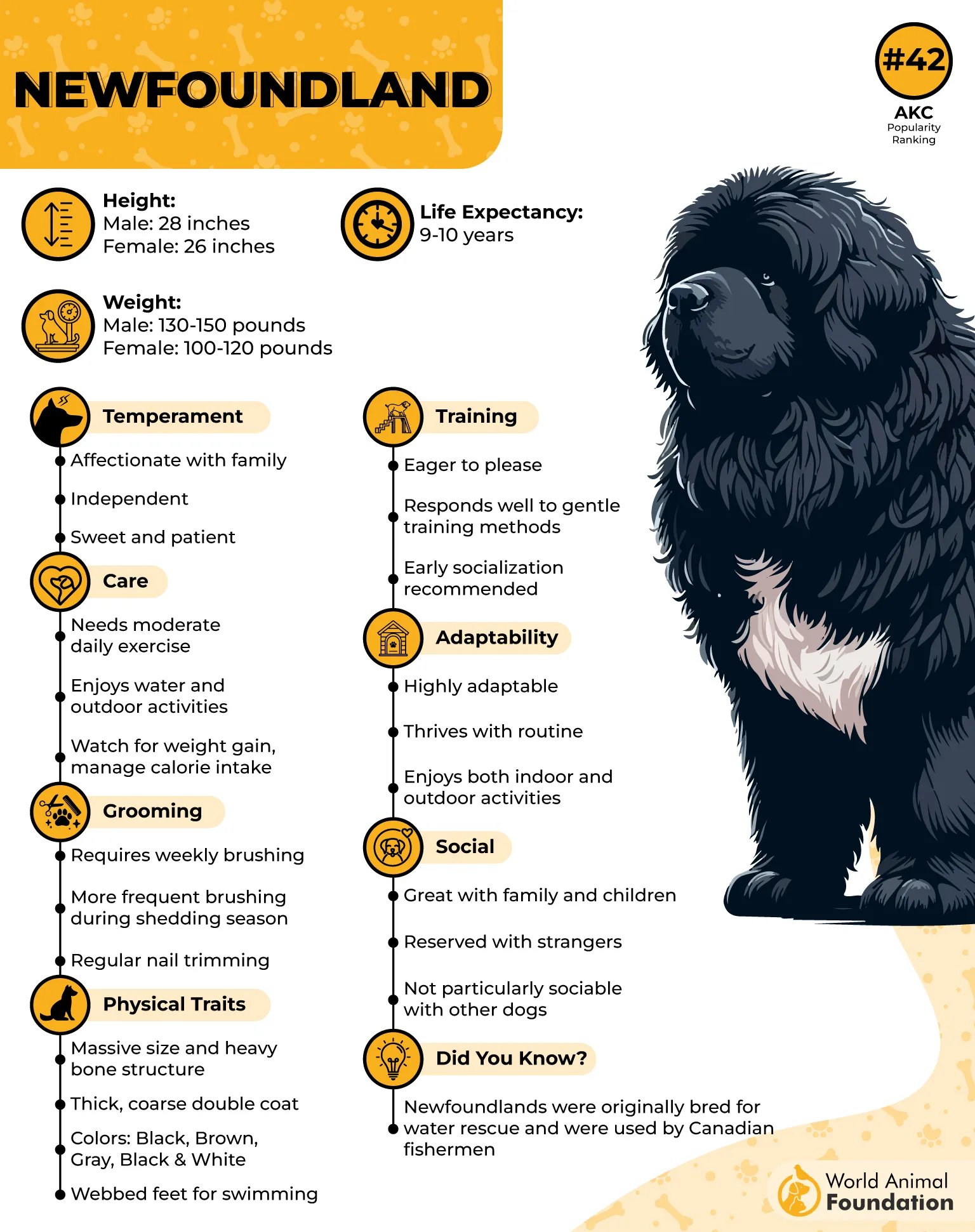
Natural Helper Instincts
Bred for work around water, these dogs instinctively understand guidance and rescue. Their powerful build allows them to pull loads or swim through strong currents without hesitation, as Britannica claims. This sense of purpose gives them confidence in following commands even in demanding situations.
4. Tibetan Mastiff
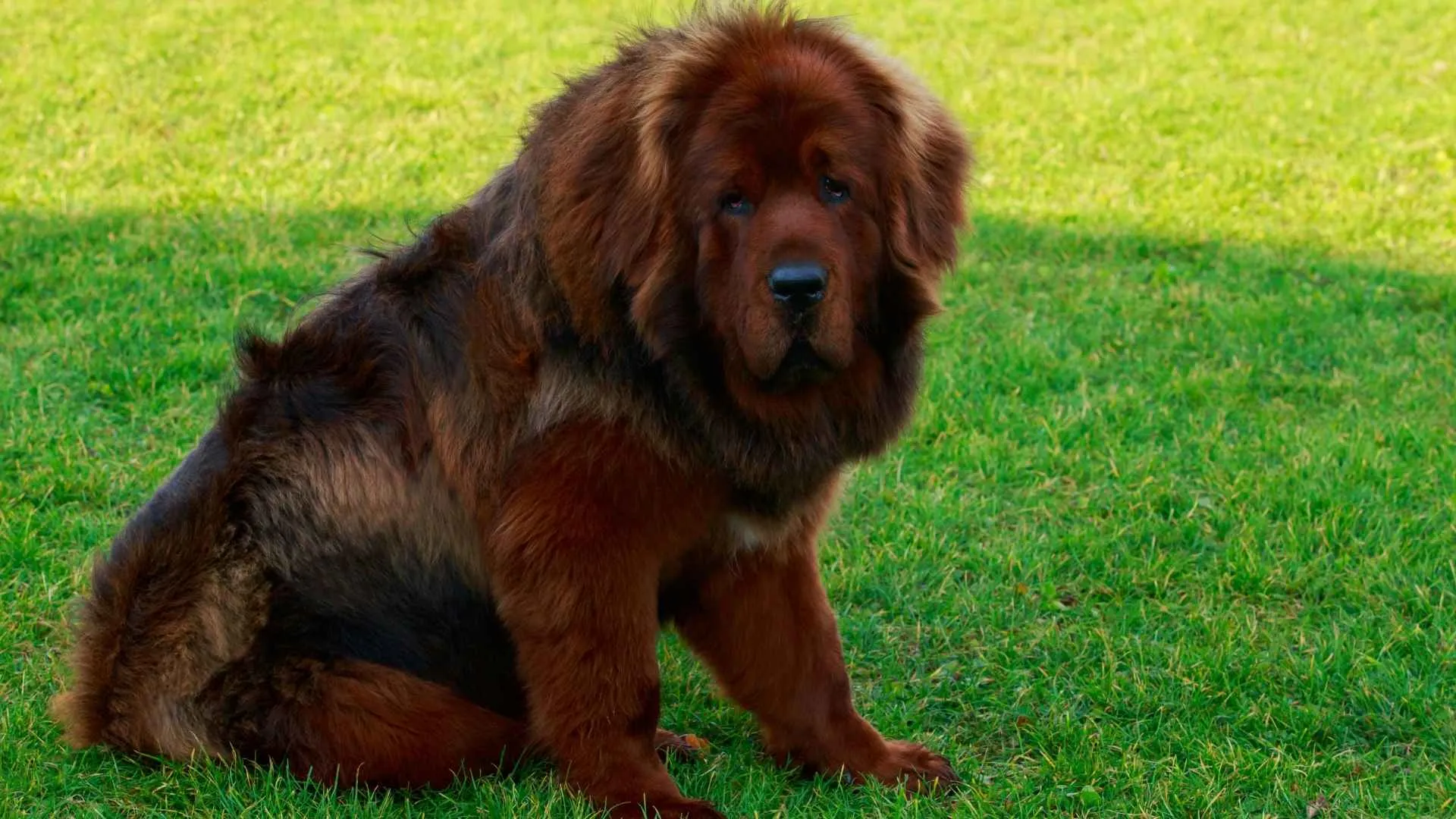
The Tibetan Mastiff has a quiet strength that draws attention long before it raises its voice. This large guardian dog carries a steady confidence and makes decisions on its own when protecting what matters. Its deep bark is unmistakable, echoing through the air like a built-in alarm system.
Intelligent Yet Selective Learner
Tibetan Mastiffs are known for their sharp intelligence, though they prefer to decide when a command is worth their time. They often perform flawlessly in training sessions and then behave as if those lessons never happened at home.
Their training personality is best described through these key points:
Quick to understand but slow to repeat unnecessary tasks
Responds to trust more than treats or praise
Uses instincts to assess situations before acting
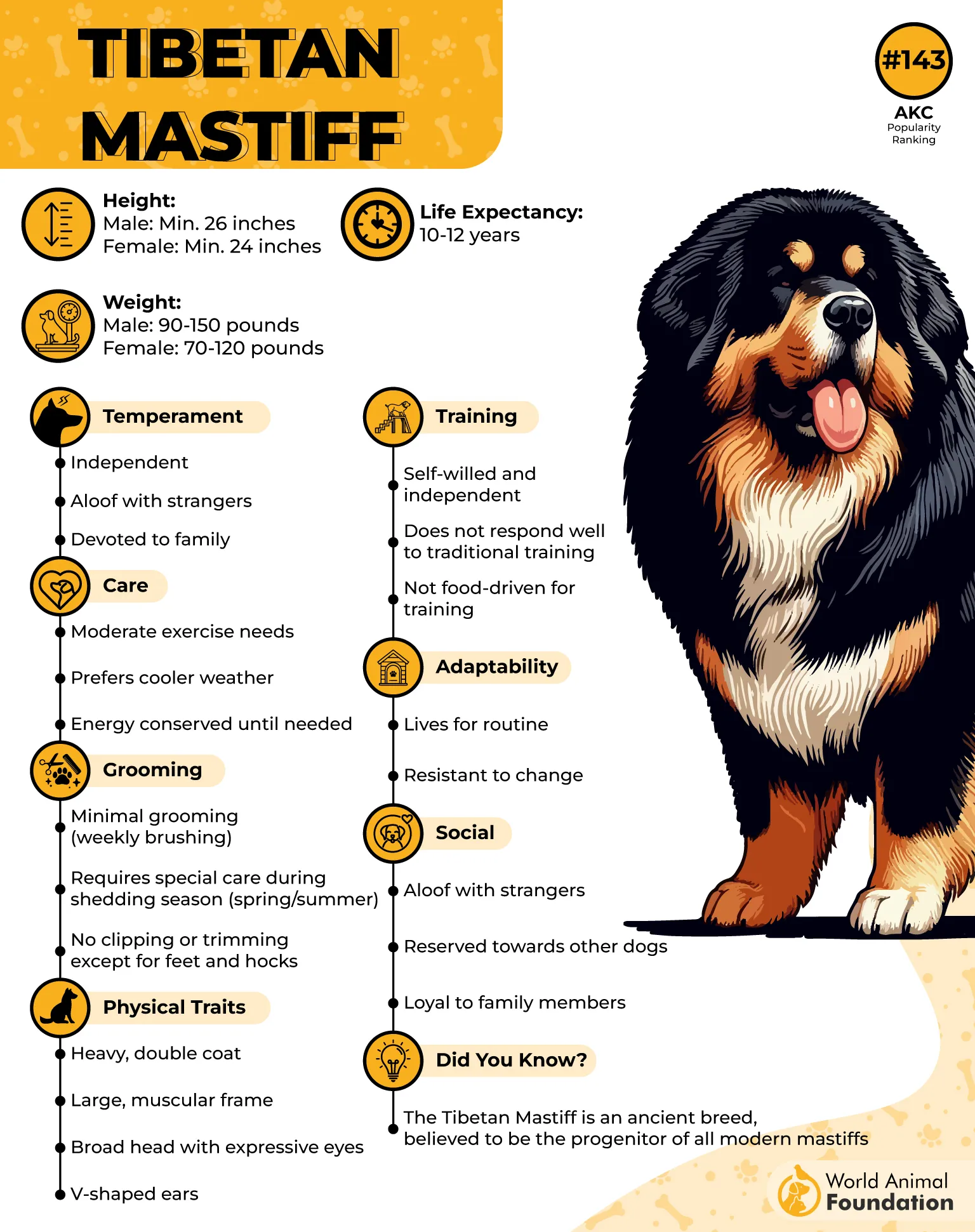
Independent Minds That Test Limits
They’re not the kind of dogs who chase approval. Tibetan Mastiffs expect mutual respect from their handlers, which makes positive reinforcement the only effective route. Once trust is built, they follow commands with calm assurance, especially when they see purpose behind the request.
5. Irish Wolfhound
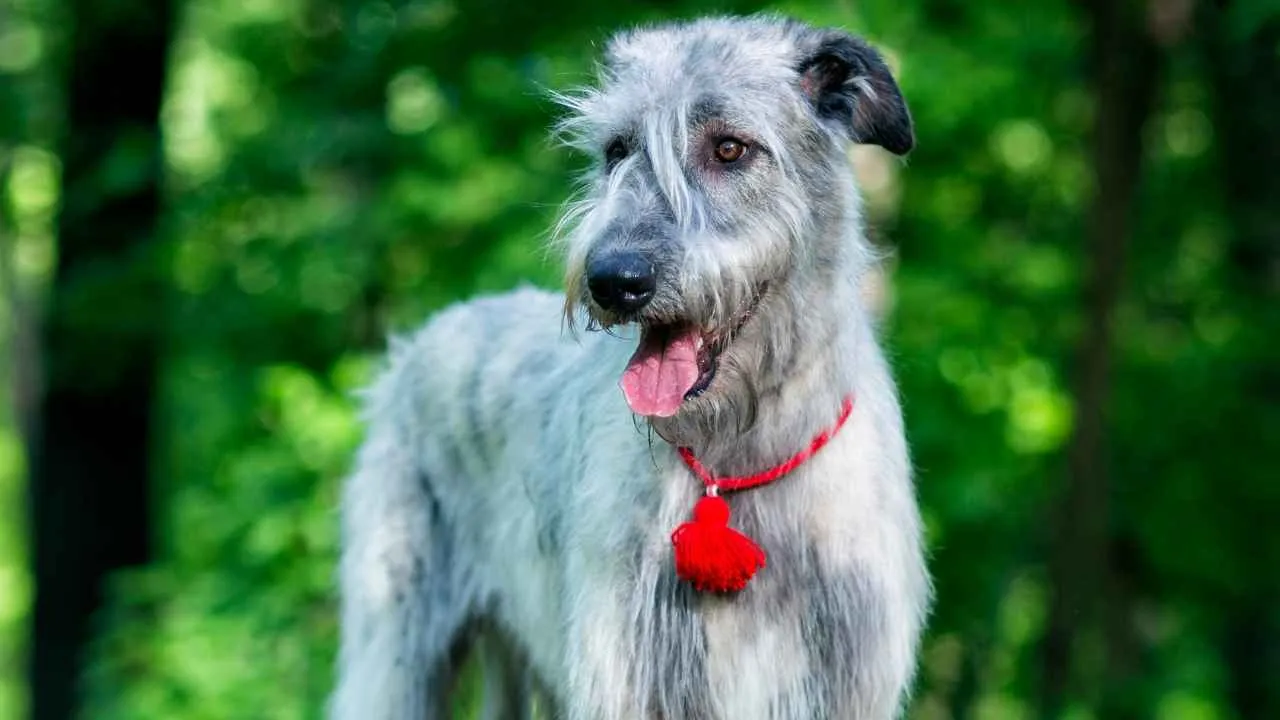
The Irish Wolfhound carries an impressive frame and an even bigger heart. Behind its towering size is a calm, observant dog that learns quickly when trained with patience. It responds well to gentle correction and clear guidance, which makes it easier to train than most people expect from a large breed.
Quick Learner With a Sensitive Side
Irish Wolfhounds are intelligent and emotionally aware, often mirroring the energy of their handler. Positive reinforcement works best with them, as they shut down with harsh tones. They enjoy structured learning that feels more like companionship than control.
Here’s what helps shape their easygoing nature:
Early exposure to different environments
Short, positive puppy classes
Consistent and calm communication

Training Needs During Puppyhood
Wolfhound puppies take nearly 18 months to mature and can be both clumsy and curious during that time, according to the AKC. They benefit from supervised free play and mental stimulation, as too much forced exercise can stress growing joints. Gentle training in short sessions keeps them engaged and prevents destructive habits from forming.
6. Saint Bernard

Saint Bernards are known for their deep bark that can fill a room, yet their nature is as calm as a soft snowfall. These dogs read people well and use their expressive faces to communicate what words cannot. They are known to “talk” through a mix of sighs, howls, and rumbling sounds that often make their owners laugh.
Easy Learner with a Big Presence
Despite their size, Saint Bernards respond beautifully to gentle guidance. They enjoy being part of a routine and quickly connect commands with actions. Their trainability shines through when they understand what pleases their people.
Here are a few things that make them stand out during training:
Respond positively to kind, consistent correction
Learn household manners faster than most large breeds
Shows great memory for voice commands
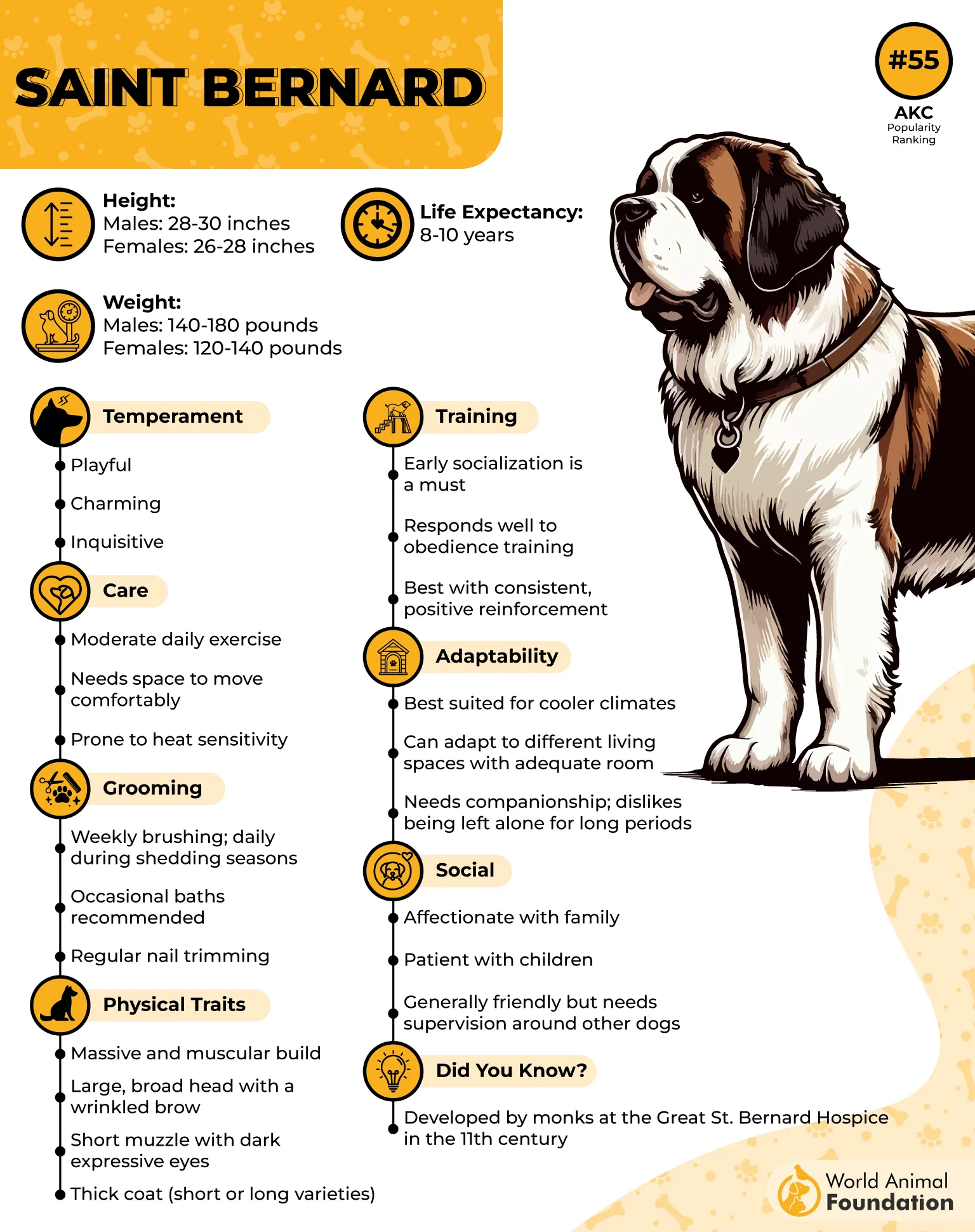
Training with Patience and Structure
Obedience lessons are vital for such a powerful dog. Early socialization ensures they don’t accidentally push over small children or claim a seat at the dinner table. When trained with calm authority, they become attentive and reliable companions who understand boundaries with remarkable ease.
7. Cane Corso
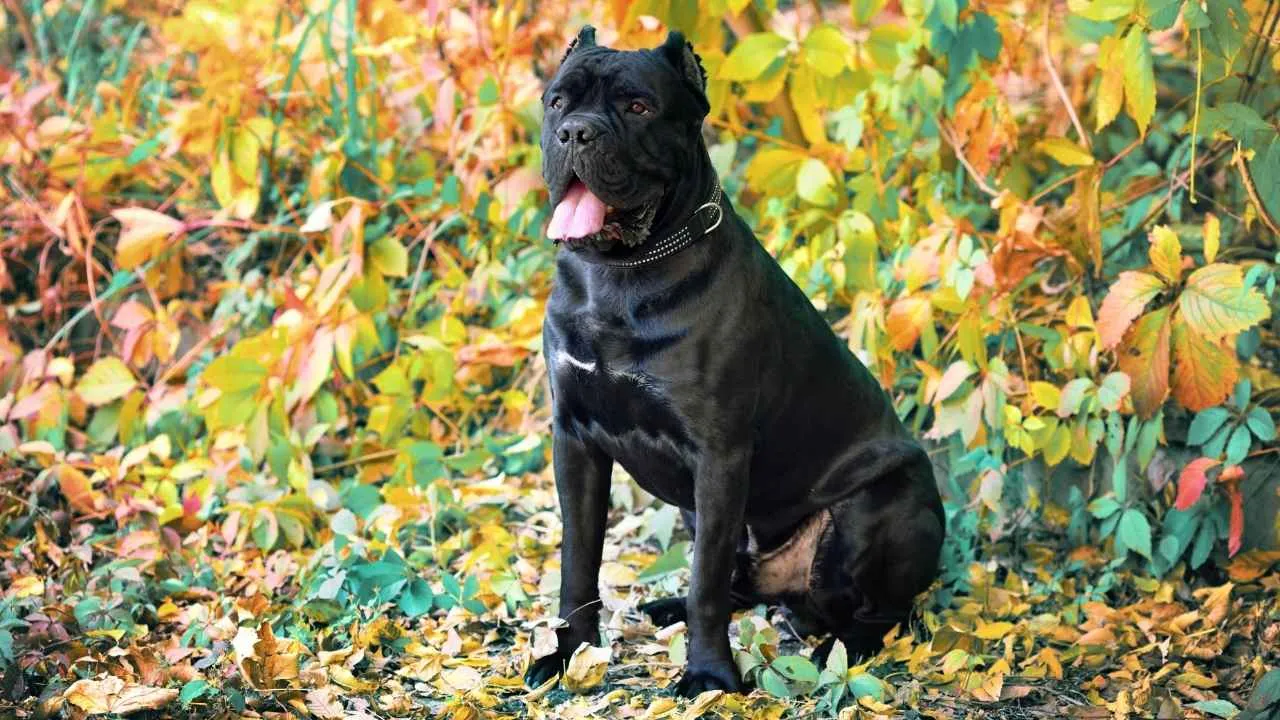
The Cane Corso carries an air of quiet authority that few breeds can match. Its confidence shows in the way it observes, calculates, and responds without hesitation.
Known for deep loyalty and natural protectiveness, this breed builds strong communication cues with its handler, which makes training feel more like teamwork than obedience.
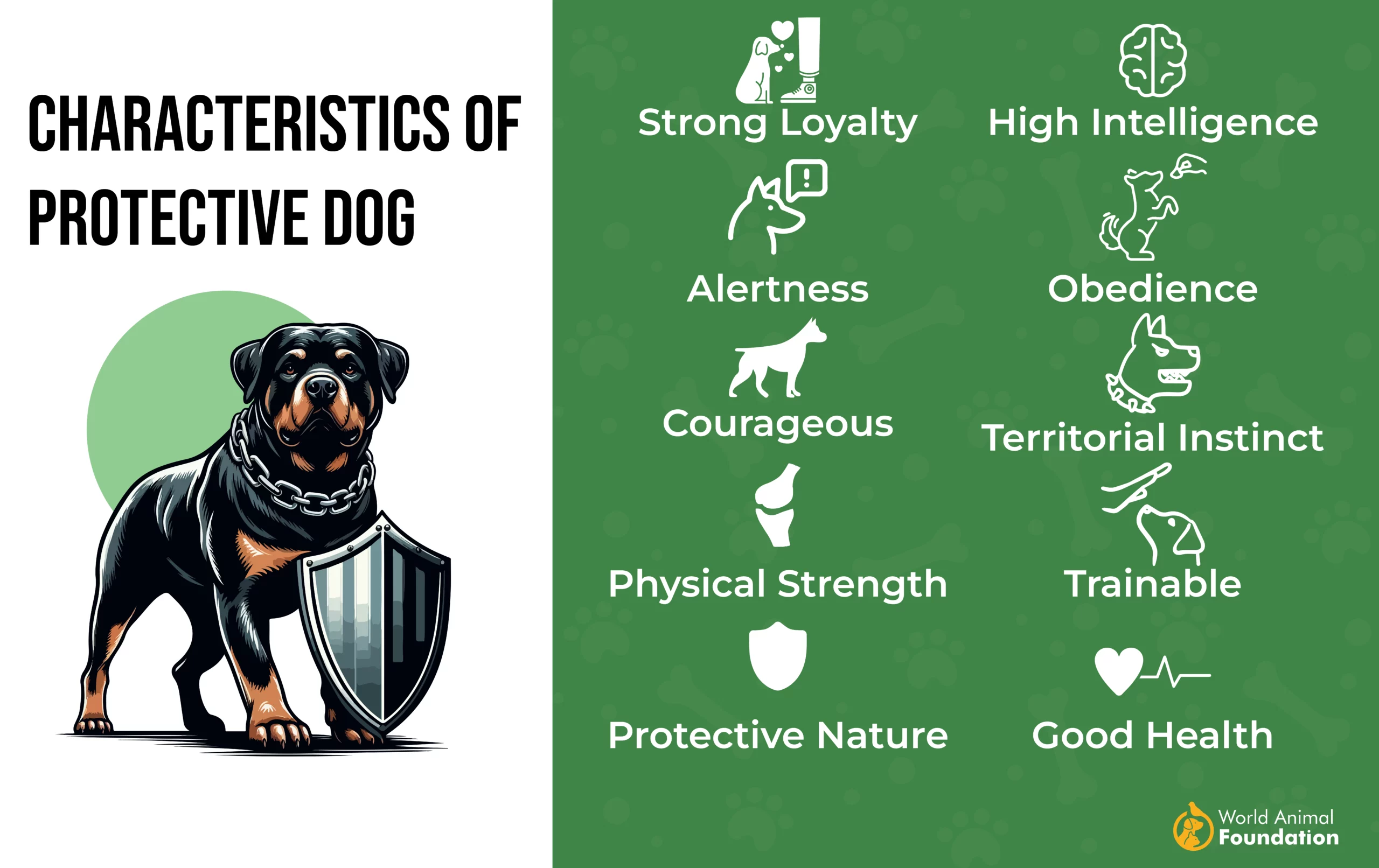
Steady Mind, Strong Instincts
This dog listens first, then acts. Its intelligence allows it to read tone and intent faster than many large breeds, which is why it adapts so well to structured commands.
Let’s look at what supports its trainability:
Sharp focus that keeps distractions at bay
Quick understanding of consistent cues
Natural drive to work closely with its handler
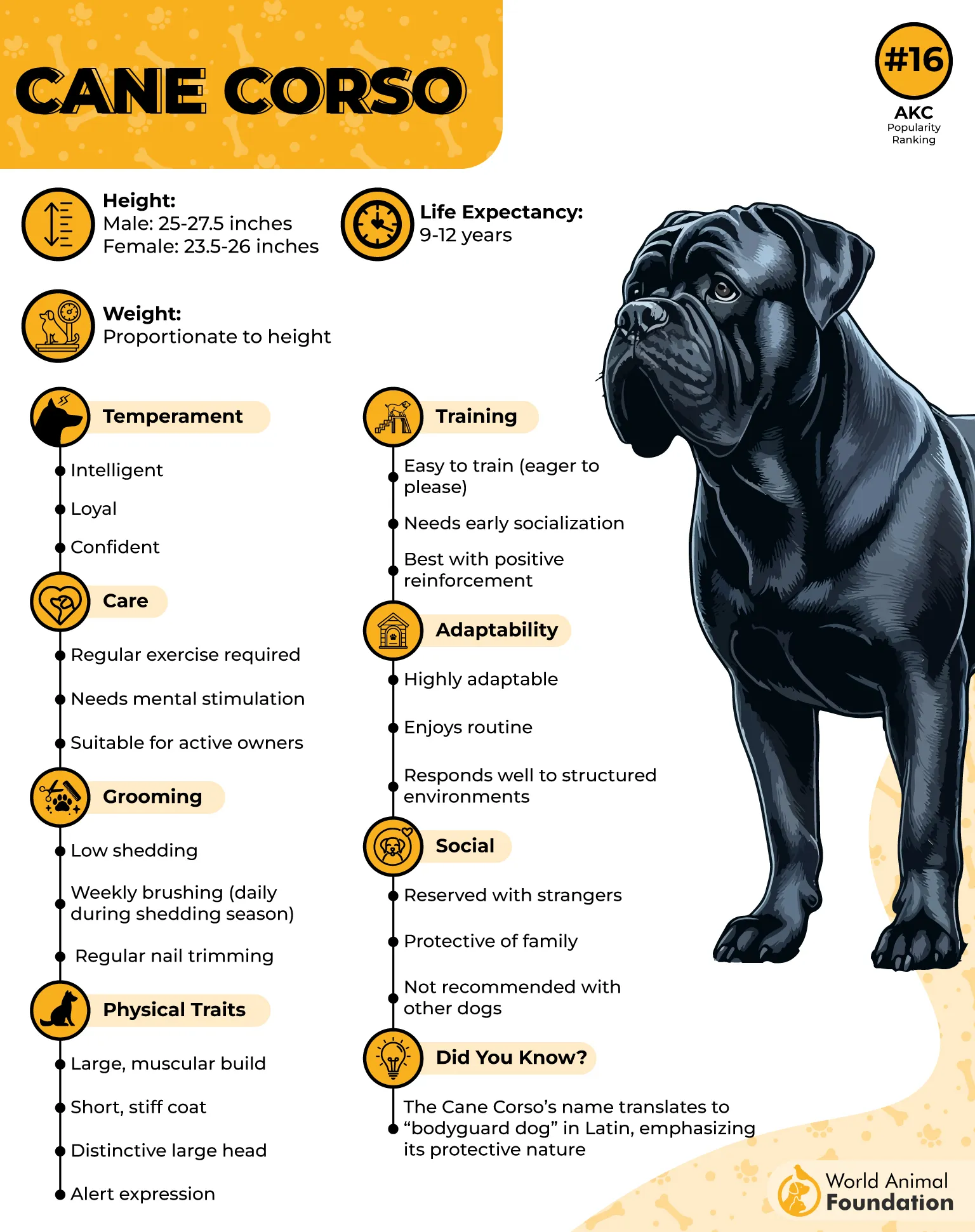
Calm Control and Precision
The Cane Corso doesn’t rely on energy bursts or excessive barking to get attention. It responds best to confident guidance and clear direction, turning its impressive presence into disciplined behavior. Trainers appreciate its blend of self-restraint and attentiveness, especially in environments that demand control and calm.
Conclusion
The most obedient large dog breeds understand intention. Their calm focus and steady awareness turn consistent training into silent communication. What makes them stand out isn’t force but cooperation, built through loyal dogs that respond best to patient training methods.
When obedience training feels like a partnership, these dogs reveal how intelligence can meet gentleness in perfect rhythm. Whether guiding, guarding, or competing in dog sports, they give every effort with quiet confidence. For any active breed, it’s not power that defines success — it’s trust, patience, and the bond that turns training into connection.


